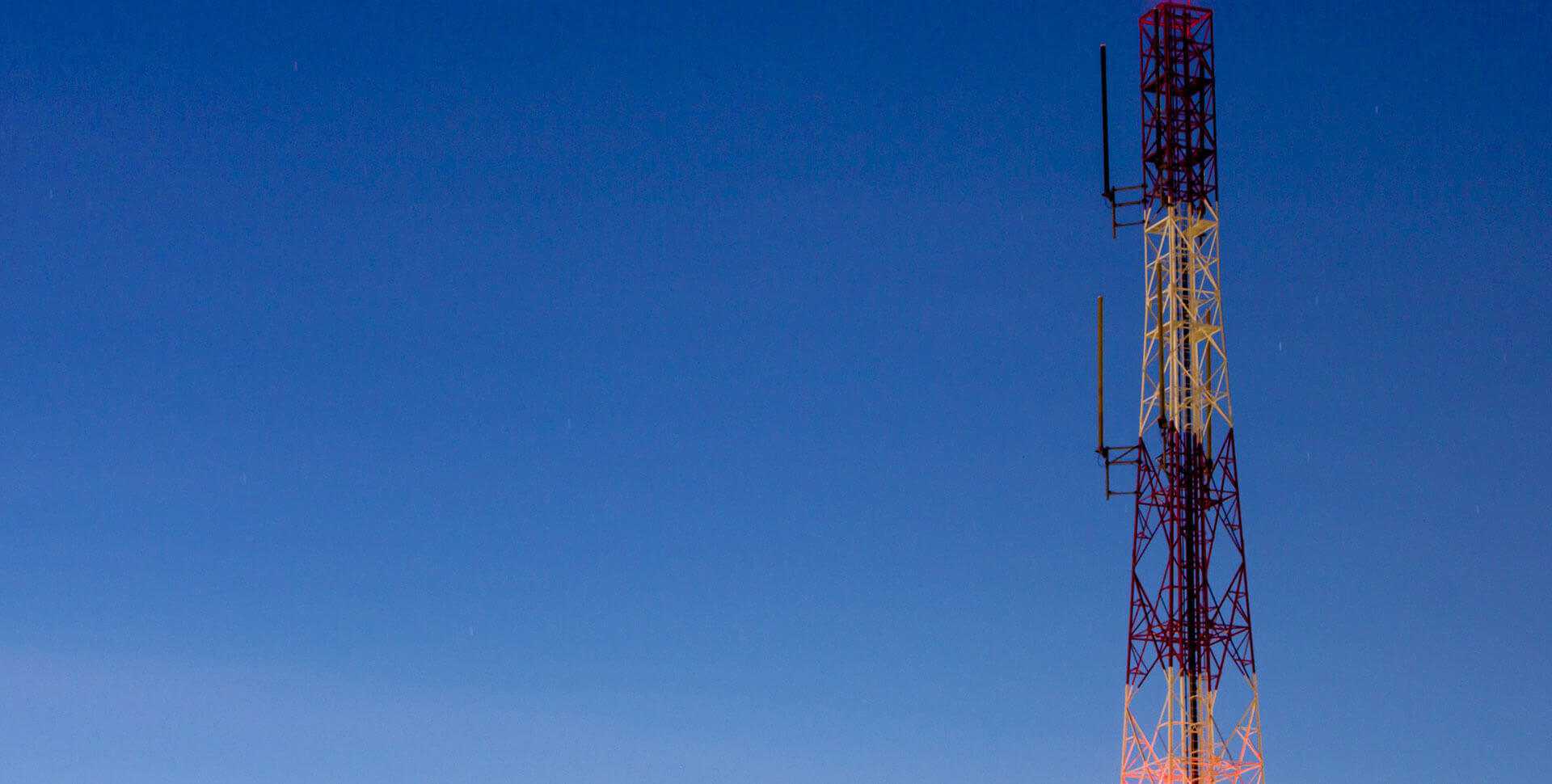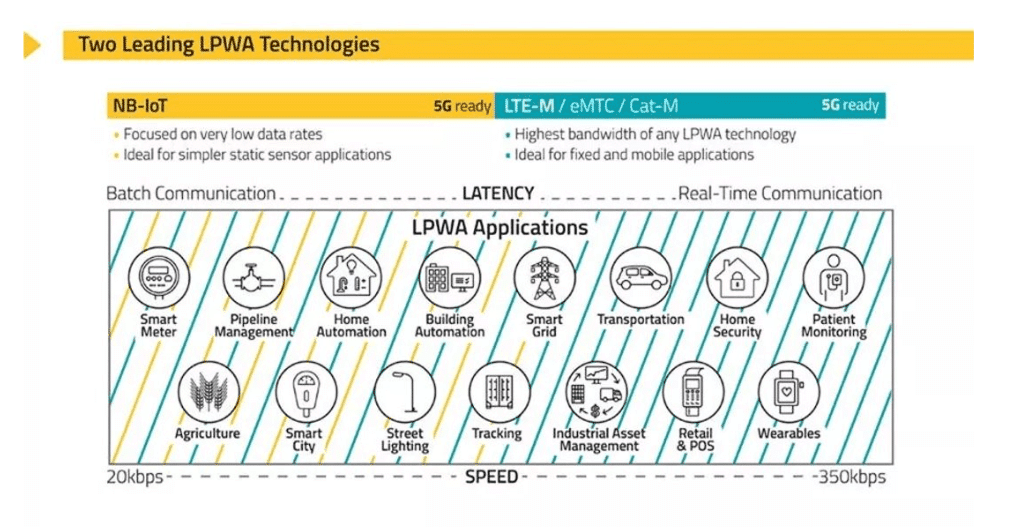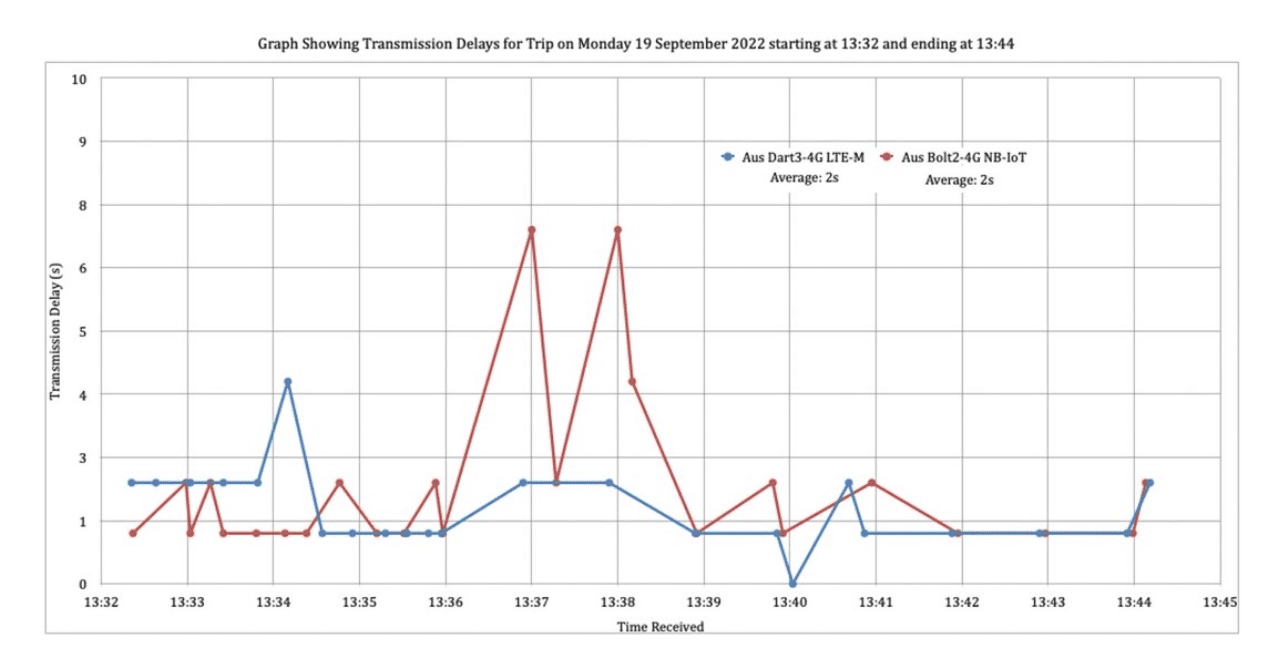NB-IoT for Real-Time Asset Tracking

Our mission is to help businesses connect, protect, and derive more value from their assets. As a leading global innovator, developer, and supplier of IoT solutions, we drive continuous innovation to enable our partners to deploy confidently at scale worldwide.

NB-IoT for Real-Time Asset Tracking: Testing Transmission Delays
With concerns over smaller bandwidth and lengthy cell tower transition delays that introduce latency in real-time asset tracking applications, we usually see NB-IoT utilized in primarily static tracking applications (asset doesn’t move a lot, or at all) and sensor monitoring.
Over the last few years, however, we have seen substantial improvements in NB-IoT maturity and performance in mobile, or real-time tracking applications, particularly with 3GPP Release 14!
In the following video, Jared Ping, Technical Manager at Digital Matter, discusses testing NB-IoT for real-time tracking in two different regions: South Africa, where the network is still being rolled out, and Australia, where both LTE-M (Cat-M1) and NB-IoT networks are more mature.
Mobile (Real-Time) vs. Static Tracking
Both LTE-M (often also referred to as Cat-M1) and Narrowband IoT (NB-IoT) are Cellular IoT networks used specifically for Internet of Things and Machine to Machine (M2M) applications.
With concerns over smaller bandwidth that results in excessive power consumption (particularly important in battery-powered devices!), and lengthy cell tower transition delays that introduce latency in real-time asset tracking applications, historically, we have seen NB-IoT utilized for primarily static tracking – sensor monitoring and data logging applications, where a very high volume (hundreds to thousands) of generally stationary assets report infrequently.
Did my asset move today? – No
Is the fire alarm powered – Yes
Is the emergency exit sign powered – Yes
Soil moisture – 22%
With higher bandwidth and shorter transmission delays, LTE-M, then, was considered better suited for mobile asset tracking: vehicles, trailers, equipment, cold chain monitoring, or other tracking applications where assets are frequently moving, and greater volumes of tracking data is required.
Image: Sierra Wireless

NB2 and NB-IoT Network Maturity
NB-IoT was standardized for the first time in the 3GPP Release 13, and enhanced in the 3GPP Release 14.
The new NB2 feature additions are a huge improvement to the way our devices interact with the network.
Establishing a network connection is the most power-intensive procedure for our devices, and the new power-saving mechanics allow devices to remain connected to the network for extended periods of time, reducing the number of reconnections they make.
Additionally, the improved throughput means that our OTA parameters and firmware updates are faster, requiring less energy for our cellular operations. All of this translates to improved battery life in our battery-powered range and shorter transmission delays in both wired and battery-powered devices.
Real World Results – 2G versus NB-IoT in South Africa
To check the capabilities of NB-IoT for mobile asset tracking, we performed several tests across South Africa, where the network is young and still being rolled out, and across Australia, where both LTE-M and NB-IoT networks are more mature.
Chart 1 shows transmission delays across our Dart3 2G wired device (Blue) and the G70 4G wired device (red) in the same trip.
Transmission delays are how long it takes for the reported device position to reach the online platform. This is very important for tracking assets that are moving around a lot. High delay times mean you could be losing the real-time aspect that is often required in mobile applications.
Chart 1 – Graph Showing Transmission Delays for Trip on 2G vs NB-IoT – South Africa

Devices were placed in a vehicle that drove for approximately 15 minutes at relatively high speeds. We can see consistent transmission delay averages of about 4 seconds across both networks, which shows us NB-IoT is well suited for mobile asset tracking and will only continue to get better as the rollout continues.
Another factor for consideration within South Africa is load shedding. Our tests certainly show how resilient NB-IoT is in handling the disruptions in electricity supplies by offering improved coverage per tower compared to 2G.
LTE-M (Cat-M1) versus NB-IoT in Australia
We ran a similar test in Perth, Western Australia, where we compared the performance on LTE-M versus NB-IoT on the same trip (Chart 2).
Here, we found there is a consistent average of about 2 seconds across both networks.
Chart 2 – Graph Showing Transmission Delays for Trip on LTE-M vs NB-IoT – Western Australia

The results clearly show that in Australia, both LTE-M and NB-IoT networks are well-suited for mobile and static asset tracking.
The comparison across the two regions with different network maturity environments shows a few small transients in the transmission delays. These generally occur when the devices move their network connections from one cell tower to another.
It is important to note that although the transmission delays might increase slightly during these cell swap-overs, the devices retain their connection to the server. It is a common misconception with NB-IoT that devices need to re-establish their connection to the server every time they swap cells, resulting in transmission delays of up to one minute. The results show that this is not the case.
As network coverage improves across both regions, these transients will be seen to exhibit shorter delay times.
Conclusion
To summarize, our tests across South Africa and Australia prove that, in fact, NB-IoT is a very well-suited and future-proofed connectivity choice for mobile, real-time asset tracking!
The average transmission delays are between 1-15 seconds (closer to one second), and as network rollouts continue, this will only improve.
We also found that the connection to the server is preserved during cell tower transitions, meaning that the devices resume communication with the server without having to waste power and time establishing a new cell tower connection every time they change coverage zones. Because of this, cell-swap transmission delays are short, providing a greater ability to monitor mobile assets in near real-time.
We encourage you to try out NB-IoT as a capable connectivity technology in your real-world scenarios. We advise that you test how the network performs in your region and whether it can meet your needs.
At Digital Matter, we have an extensive knowledge base that can be found at www.support.digitalmatter.com, and we can assist with any questions from a hardware or technical assistance perspective.
Related News

Let’s Get Started
Submit the form to get in touch with a Digital Matter representative from your region.
Contact UsSubscribe
Get helpful content delivered straight to your inbox.
Let’s Get Started
Submit the form below to get in touch with a Digital Matter representative from your region.

Looking for support? Check out our knowledge base.

Information on becoming a Digital Matter Partner.

Information on pricing, availability, and proof of concept.

Guidance on selecting the right products for your application.






